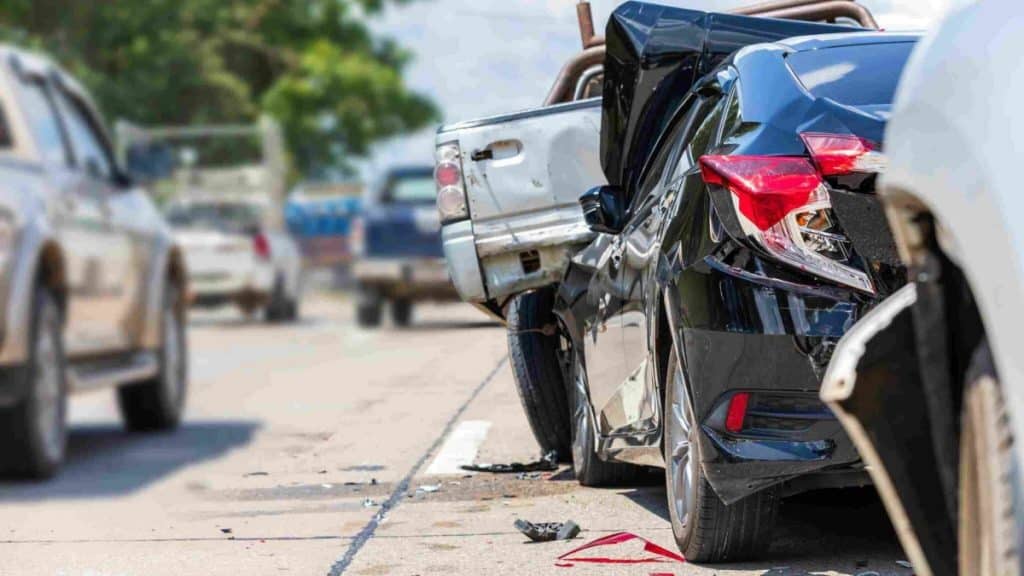If you’ve been involved in a car accident in Bothell, WA, understanding how comparative negligence works is crucial. This legal principle can significantly impact your claim and the compensation you may receive. A Murphy Injury Lawyer can help you navigate this complex legal area, ensuring your rights are protected.
What is Comparative Negligence?
Comparative negligence, also known as comparative fault, is a legal doctrine used to determine the degree of fault of each party involved in an accident. In Washington, the state follows a “pure comparative negligence” system. This means that even if you are partially at fault for the accident, you can still recover damages, but your compensation will be reduced by your percentage of fault.
How Does Comparative Negligence Work?
Under Washington’s pure comparative negligence law, the court assigns a percentage of fault to each party involved in the accident. For example, if you are found to be 30% at fault and the other driver is 70% at fault, your compensation will be reduced by 30%. If your total damages amount to $100,000, you would receive $70,000 after the reduction.
Examples of Comparative Negligence
Let’s consider a few scenarios to illustrate how comparative negligence works:
- Scenario 1: You were speeding slightly over the limit when another driver ran a red light and collided with your car. The court may determine that you were 10% at fault for speeding, while the other driver was 90% at fault for running the red light. Your compensation would be reduced by 10%.
- Scenario 2: You were distracted by your phone and failed to notice a stop sign, causing a collision with another vehicle. The court may find that you were 50% at fault for being distracted, while the other driver was 50% at fault for not yielding the right of way. Your compensation would be reduced by 50%.
- Scenario 3: You were driving under the influence of alcohol, and another driver, who was speeding, crashed into your car. The court may determine that you were 60% at fault for driving under the influence, while the other driver was 40% at fault for speeding. Your compensation would be reduced by 60%.
Steps to Take After an Accident
If you’re involved in a car accident, it’s important to take the following steps:
- Seek Medical Attention: Your health and safety are the top priorities. Even if you feel fine, it’s important to get yourself checked by a medical professional to document any injuries.
- Report the Accident: Contact the police to report the accident and ensure an official report is filed. This report will be crucial for your claim.
- Gather Evidence: Take photos of the accident scene, your injuries, and any damage to your vehicle. Collect contact information from witnesses and the other driver involved.
- Consult with an Attorney: Hiring an experienced personal injury attorney can help you understand your rights and navigate the legal process. An attorney can guide you through filing a claim and negotiating with insurance companies.
- File a Claim: Your attorney will help you file a personal injury claim, detailing the accident, your injuries, and the damages you are seeking.
- Negotiate a Settlement: Many car accident claims are settled out of court. Your attorney will negotiate with the other party’s insurance company to reach a fair settlement.
- Go to Trial: If a settlement cannot be reached, your case may go to trial. Your attorney will present evidence and arguments to support your claim and seek the compensation you deserve.
Conclusion
Understanding how comparative negligence affects car accident claims in Bothell, WA, is essential for protecting your rights and seeking fair compensation. By taking the appropriate steps and consulting with an experienced attorney, you can work towards a just resolution.
